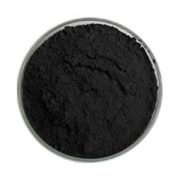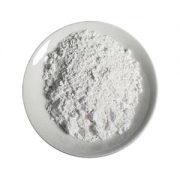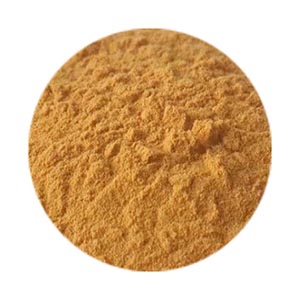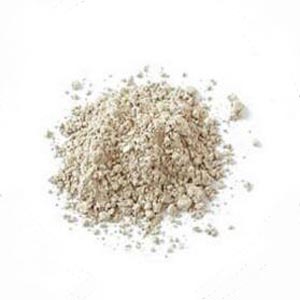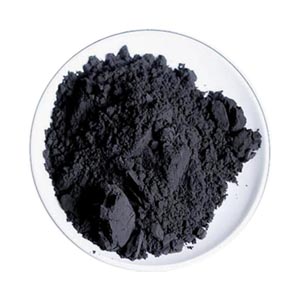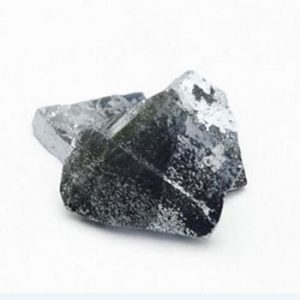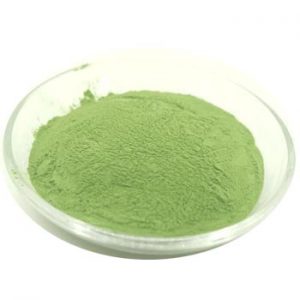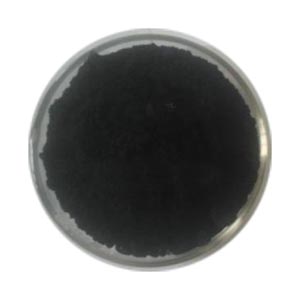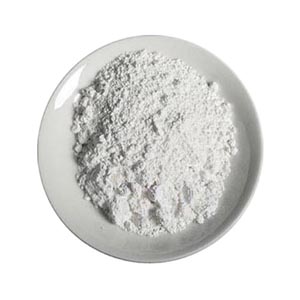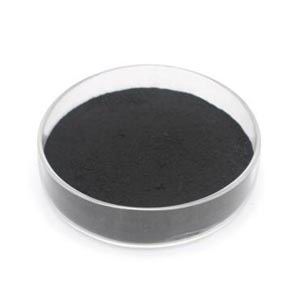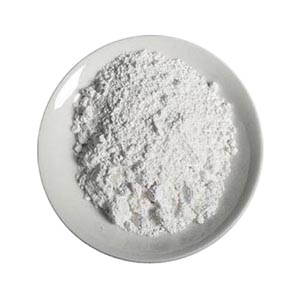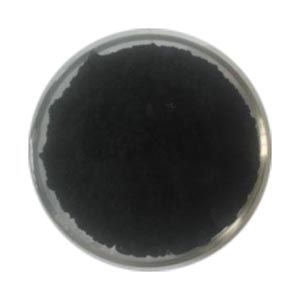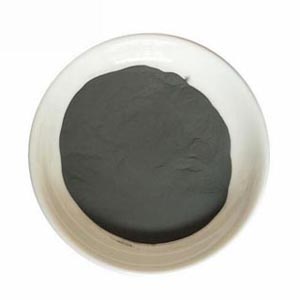
Nano ferrite zinc
Other name: Iron zinc oxide, diiron zinc tetraoxide
CAS no. : 12063-19-3
EINECS no. : 235-052-5
Molecular formula: Fe2O4Zn
Molecular weight: 241.0966
- 描述
- Inquiry
Particle size: 40nm
Purity: 99.9% +
Morphology: spherical
1. Absorbing materials
Nanometer ZnFe2O4 material, as a kind of absorbing material, can effectively absorb, reflect and scatter the electromagnetic wave of radar projected to its surface in radar application band, and convert the electromagnetic wave energy into heat energy or other forms of energy, thus greatly reducing the electromagnetic wave reverse on the material surface. Under static conditions, nano-zinc ferrite materials exhibit ferromagnetism. When the external magnetic sound ACTS, nano-zinc ferrite will magnetize. Nanometer zinc ferrite materials have certain dielectric properties. When in an alternating magnetic field, the magnetization of nanometer zinc ferrite materials will lag behind the change of external field with the change of frequency, so that magnetic energy and electrical energy can be stored to generate electromagnetic energy loss. There have been reports that some of the us b-2 bombers used ferrite as a wave absorbing coating. As nanometer zinc ferrite material applied in absorbing wave, it is the most widely used absorbing material in both modern military equipment and civil applications.
2. Photocatalytic degradation
Nano zinc ferrite is a narrow band gap semiconductor material, and the introduction of TiO2 can redshift the light absorption edge, thus extending the spectral response range of TiO2. At the same time, the addition of zinc ferrite also promotes the crystal transformation of TiO2, enabling it to obtain a better proportion of mixed crystals at a lower calcination temperature. Experiments have proved that TiO2 doped with 2% ZnFe2O4 has the best photocatalytic effect when calcined at 500℃.
相关产品
-
Tin Disulfide SnS2
Purity: ≥99%-99.9%
Particle size: D50=11μm
Character: yellow hexagonal flakeOther name: Stannic sulfide; Tin disulphide; Tin sulfide (SnS2)
CAS Number: 1315-01-1 -
Tin zinc oxide nano powder
English alias: Zinc Stannate; zinc oxostannanediolate
CAS no. : 12036-37-2
Molecular formula: O3SnZn
Molecular weight: 232.1172
-
Manganese sesquioxide
Alias:; Manganese (III) oxide ; Dimanganese trioxide; Manganese oxide
CAS Number: 1317-34-6
EINECS number: 215-264-4
Molecular formula: Mn2O3
Molecular weight: 157.8743Grade: Electronic grade
Assay: 98% -
Cuprous telluride
Other name: dicopper telluride, Cuprous monotelluride;
CAS no. : 12019-52-2
EINECS no. : 234-646-1
Molecular formula: Cu2Te
Molecular weight: 254.692
Density: 7.27g /cm3
Melting point: 900 ℃ -
Nano nickel oxide
English alias: Nickel sesquioxide; Nickelic oxide; Nickel peroxide; Nickel oxide (Ⅲ)
The CAS number: 1314-06-3
EINECS no. : 215-217-8
Molecular formula: Ni2O3
Molecular weight: 165.38
-
Cobalt iron oxide
Other name: Cobalt ferrite, cobalt diiron tetraoxide, dicobaltous diferric oxygen(-2) anion
CAS no. : 12052-28-7
EINECS no. : 234-992-3
Molecular formula: CoFe2O4
Molecular weight: 234.6208
-
Aluminum Nitride micron and nano powder
-
Copper zinc tin sulfide
Other name: CZTS
Chemical formula: Cu2ZnSnS4
Molecular weight :439.471 g / mol
CAS Number:12158-89-3
Melting point: 990 ° C (1,810 ° F; 1,260 K)
Safety Description: Non-toxic
-
Metastannic acid
CAS no. : 13472-47-4
EINECS no. : 236-236-5
Formula: H2SnO3
Molecular weight: 168.59
Character: iso-isomer, insoluble in water and ethanol, insoluble acid and alkali liquor, can be fused with alkali to obtain partial tin acid salt, heating significant water loss.
-
Lithium iron phosphate
English name: Lithium iron phosphate carbon coated
Alias: Ferrous lithium phosphate, NP 1; NP 1 (phosphate); PT 30; PT 30 (phosphate); Phos-Dev 21B, Lithium iron phosphate
Molecular formula: LiFePO4
Molecular weight: 157.76
CAS NO .: 15365-14-7

